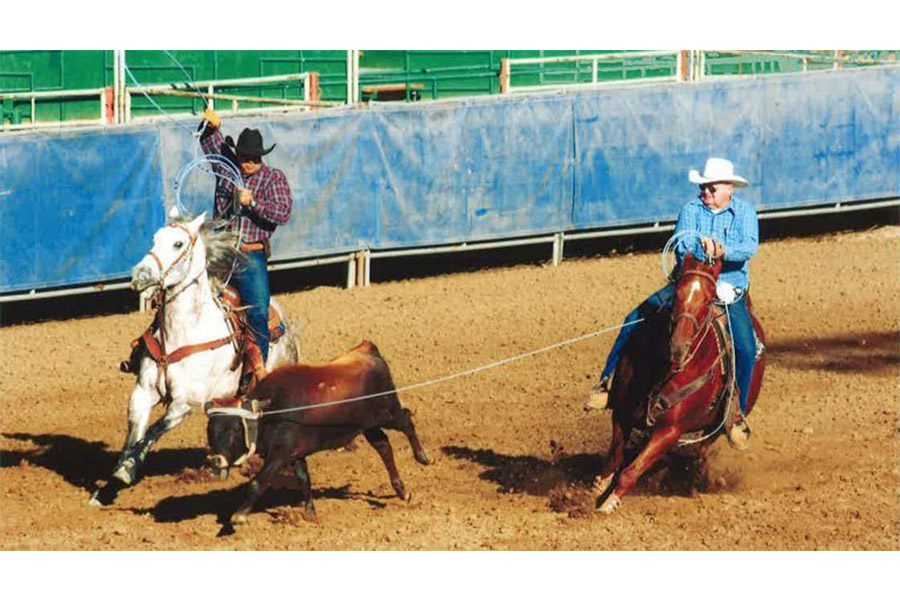
UC Davis Vet Med Center brought ill roping horse back to perfect health
An American quarter horse is now in stable condition after ingesting a fatal neurotoxin. John, a champion roping horse, fell ill with botulism after eating a bad batch of grain.
Prior to John, another horse in his herd died of the same illness. Consequently, John’s owner, Doug Parker, was in a hurry to find him help.
Clostridium botulinum, the bacteria that causes botulism, is seldom found in food and the severity of the illness is fearsome.
“Once ingested, the toxin will spread through the digestive tract through the rest of the body,” said Maria Marco, an associate professor of food science and technology at UC Davis.
“The toxin is extremely potent,” said Linda J. Harris, a department chair in food science and technology, in an email interview. “It is a neurotoxin and thus causes paralysis. Symptoms include things that impact the eyes (double or blurred vision), the mouth (slurred speech, difficulty swallowing, dry mouth, thick-feeling tongue) and general muscle weakness. Patients often spend a long time on respirators because they cannot breathe on their own.”
The same bacteria that induces this lethargy is also the fountain of youth for many aging women. Botox injections are made up of small doses of the toxin C. botulinum. The bacteria blocks nerve signals, weakening or even paralyzing facial muscles.
Prior to being placed in a syringe at a dermatologist, the bacterium is usually found in soil or water. C. Botulinum requires an anaerobic environment, meaning it thrives in places void of oxygen. Accordingly, the bacterium rarely survives on the food we eat.
Nonetheless, those affected with the disease are met with debilitating symptoms and the prospect of death.
“When John came to us, he was very, very weak,” said Emily Schaefer, a resident at the UC Davis Veterinary Medicine Center. “He preferred to lay down for long periods and eventually became so weak that he could not physically get up without help. He was becoming paralyzed.”
After several months of treatment, John was the picture of health.
“John spent several weeks in the UC Davis Large Animal Lift, a large nylon sling that can be supported from a hoist on the ceiling,” Schaefer said. “We also treated him medically with botulism antitoxin, anti-inflammatories, antioxidants and topical ointments for the abrasions he sustained from being down so much.”
Schaefer said that since John’s nerves were not permanently damaged, he was able to make a full recovery once all the toxins were flushed from his system.
“The level of work that John has been able to perform since his recuperation has made everyone here at the VMTH proud,” Schaefer said.
Written by: Natalie Cowan — science@theaggie.org



